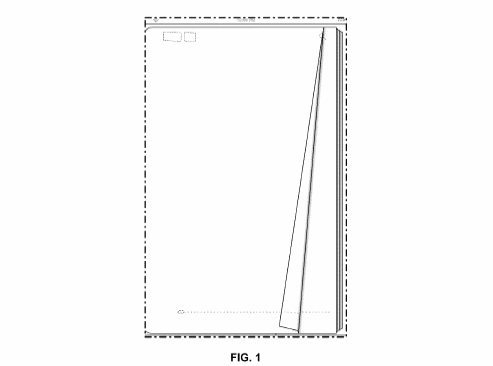So what is this US patent D670,713 that claimed by Apple as a patent for virtual page turning? The patent specify that the bottom-right corner is being pulled to lead the way and that the paper is folding over at a fairly consistent angle along its length. The animation ends at the flipped bottom-right corner reaches the bottom-left.
Obviously Apple cannot extend the patent to the page turn animations, so it is a non-factor to potential patent war. But I question the innovations behind this patent since page turning seems to be the most natural physical form that humans do since the invention of printing press in 1450. Since when animations of real life motions can be registered as a patent?
If simple animations of daily life motions can be patented, that may lead to the end of animated media industry. Just imagine the animated motions of loading ammo to the gun in those first-personal shooter games, or the motions of the car racing on the street leaving traces on the road are being patented. That means the most accurate, natural motion physics cannot be reproduced and appeared in other media/products. It makes me wonder, while patents are about innovations and ideas, are the patenting of virtual animations adapting "idea/motion" of real life legit? Sure it takes time and dedications to make the animations looks like objects/motions in real life, but with the fact that the functions of patents are to protect inventors and promote innovations, I think my answer is no.

No comments:
Post a Comment